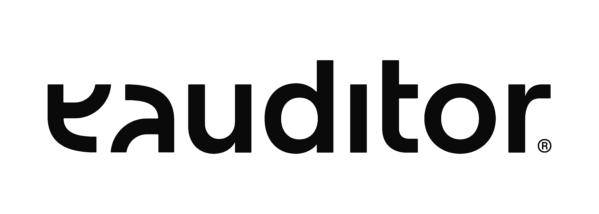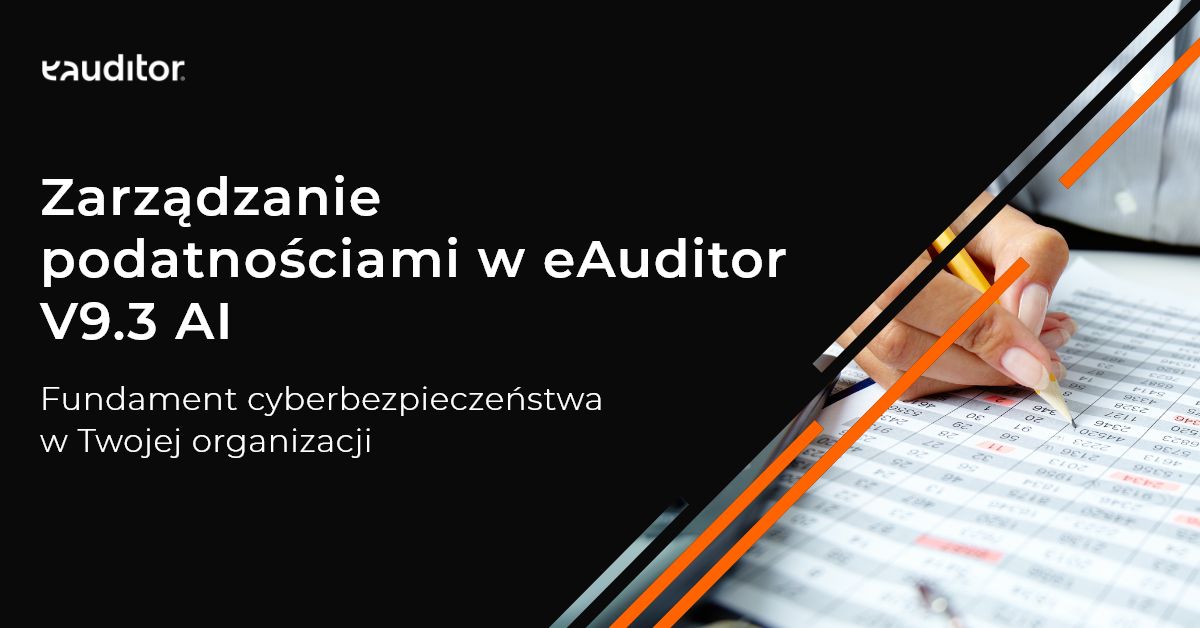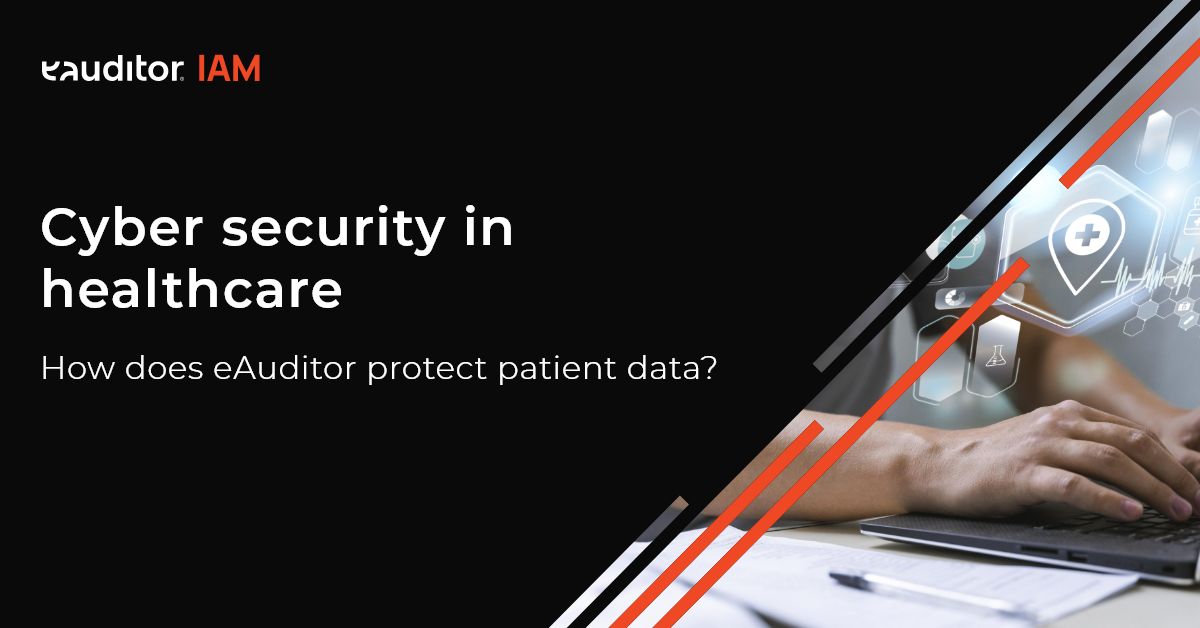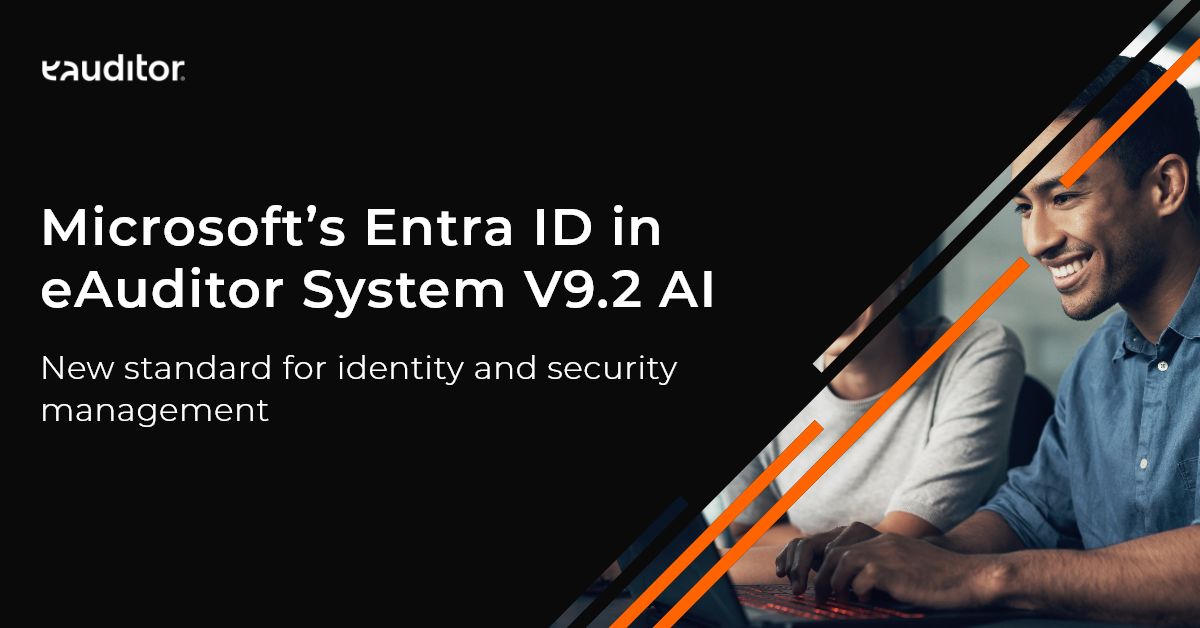An effective IT management system – what to follow?
Interview with Technical Support Engineer
Table of contents
1. What to look for when choosing a system?
2. Fundamental differences in the various solutions on the market
3. The most commonly aused functionalities in the systems
4. Differences between web application and desktop application
5. Are such systems dedicated only to large companies?
6. How the price criterion is perceived in this type of system
7. Interest in cloud-based IT management solutions
8. Benefits of installing eAuditor in the cloud
9. Benefits of using an IT management system
Interview with technical support leader
There are many IT management operating systems on the market, offering computer inventory or monitoring IT infrastructure and users. What should you follow when choosing an IT management system? How to make the right choice?
This is what we talked about with Tomasz Baut, Technical Support Engineer at BTC. We invite you to read the interview.
What to follow and pay attention to when choosing an IT infrastructure management system?
Choosing the right IT infrastructure management solution is a multi-step process. I think the most important thing we should be guided by when choosing software is the functionality offered by the manufacturer. The system we decide on should provide us with exactly what we expect. If we care about comprehensive management of IT infrastructure, we should opt for software that allows us to buy additional modules. Both because of the price (as this is a more favorable option than buying a separate system), but also because of the convenience of use, as in one software we have all the functionality we care about.
In addition, what is important when choosing a system is the technical support that the software manufacturer provides. There is no shortage of systems on the market that meet all the requirements the customer cares about, but the technical support is at a very low level.
What are the main differences in the IT asset management solutions offered on the market?
IT management solutions are, as a rule, strongly similar to each other. The proposed software solves a similar problem, and therefore offers similar functionality. However, we can see differences in the technical support the manufacturer gives us, in security, in the scalability of the system, or in cloud availability. Another difference we can see in whether the manufacturer offers us software based on a web application or a desktop application. Web-based applications are much more advantageous for the customer, if only because they provide independence from the hardware platform, as well as constant access to the application from any mobile device.
What functionalities in systems for managing hardware resources are used most often? What aspects do customers pay special attention to?
From experience, I know that the most frequently used functionality by customers is related to monitoring software and user work. Checking on whiche websites enter employees, what processes they run, how much time they actually actively work – these are the elements that management departments pay special attention to.
IT administrators appreciate the hardware inventory function, as well as remote management of computers. They then gain access to a remote desktop, a remote terminal, or the ability to execute commands remotely. In the eAuditor system, we can set the execution of specific commands and procedures on a specific schedule and thus optimize processes.
How does a web application differ from the desktop application offered mostly by other IT management system providers?
A web application is certainly different from a desktop application in terms of architecture and technology, but from the customer’s point of view this is not likely to matter much. What matters much more is that using a web application, we are independent of the operating system. Note that most solutions on the market offer a desktop console, which only allows installation within a single operating system (most often it will be Windows), in the case of a web application it doesn’t matter what system we use, we only need to launch a browser and log into the system. In the case of a web application, we also have far fewer limitations in terms of software, but also in terms of hardware. To run a desktop application, we have to have a certain amount of disk space, a certain processor, or the amount of RAM. In the case of a web application, everything is done through a web browser, and all processing is done on out server.
Are IT infrastructure management and security solutions reserved only for larger companies?
It doesn’t matter if a company has 100, 200, or 1,000 computers. Every company wants to manage IT effectively, and has specific needs and problems that can be solved with such software. The main reason for choosing to purchase this type of system is to save time. By automating the activities of IT administrators, their time is saved. As a result, they can focus on completing other tasks.
Certainly, larger companies have a big problem with getting enough employees, so they are anxious to optimize the IT department so that it can handle more clients, without the need to hire additional staff. In conclusion, both larger companies and smaller ones appreciate the automation of processes and activities of IT administrators.
Is the price of an IT infrastructure and security management system a barrier to purchase?
Price is always an important factor in decision-making, but despite this, customers are paying more and more attention to the stability of the solution and what functionalities it offers. IT management systems effectively optimize key processes, and the benefits that come from using them are able to increase productivity, automate employee activities and contribute to cost savings.
In the case of the eAuditor system, price should not be a barrier. The intuitive software can be purchased on a subscription basis, so the customer doesn’t have to invest in it, but only makes a payment for the license within a certain period.
Is there more interest in cloud-based IT management solutions in the IT community?
We have certainly seen an increase in the popularity of using Azure cloud-based IT infrastructure management solutions in recent times. One of the reasons for this is cost optimization and increased security. Companies do not need to invest in hardware.
In the case of the Azure cloud, whose solution is used in the eAuditor service, costs are incurred only for the computing power used. There is no need to incur upfront costs for the entire server and count on it to amortize over a certain period of time. Using cloud solutions, the customer does not worry about hardware migrations, possible failures, or costs.
What are the benefits of installing the eAuditor system in the Azure cloud?
There are many benefits from using eAuditor as a cloud solution. Undoubtedly, it is the optimization of time, as well as costs. The customer does not need to invest in hardware, because the cloud is financed by OpEx (from operating expenses). It does not need to own a local server room or have a large team of employees. Another benefit is scalability, the customer can flexibly scale the server as needed. In the case of the cloud, one pays a subscription for the real and optimal use of computing power, while using one’s own server, the cost must be done upfront. Installation of the eAuditor system in the Azure cloud is a great optimization of costs, increased security, but also convenience.
What benefits can a company expect from introducing an IT infrastructure and security management system?
The benefits of introducing an IT infrastructure and security management system flow to both executives and IT administrators. The monitoring server continuously checks user activity, analyzing what sites they visit or what processes they run, so both management and administrators gain detailed information about each employee. In addition, IT management software optimizes and streamlines key processes, thereby automating the work of the entire IT department.






